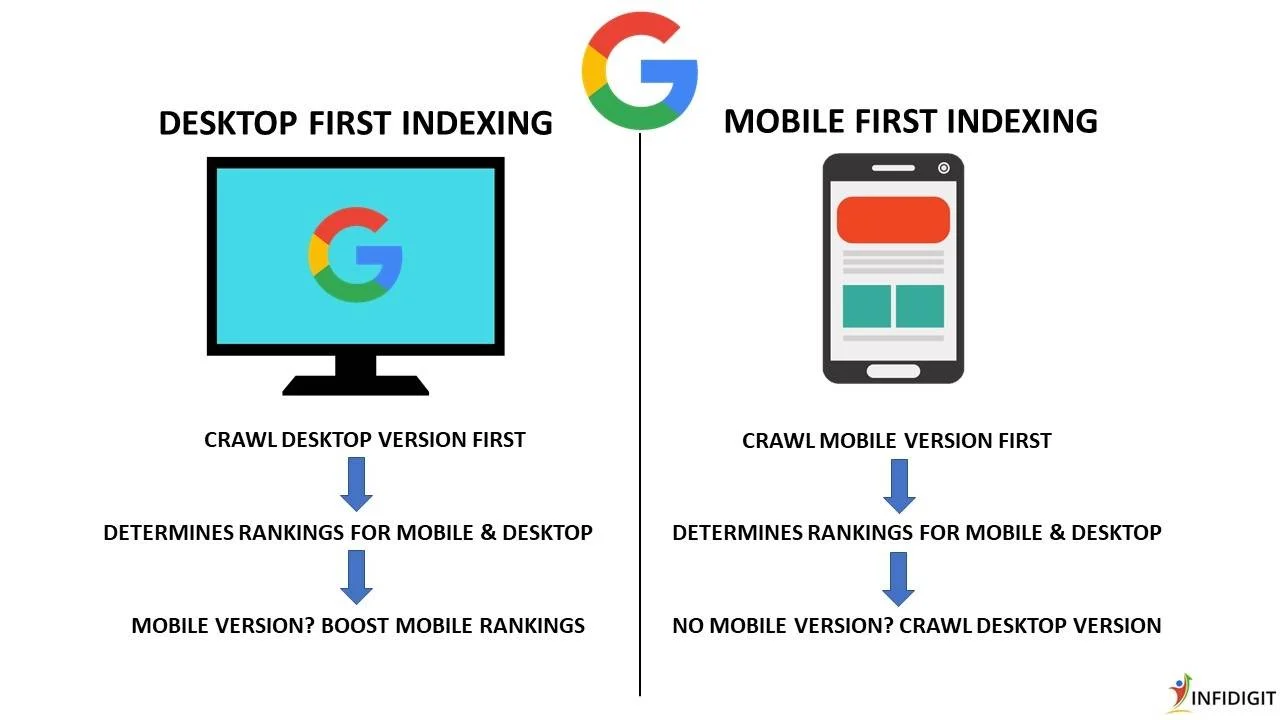In the digital age, where mobile devices have become the primary source of information for most users, search engine optimization (SEO) has evolved significantly. The shift towards mobile-first indexing by search engines, especially Google, marks a pivotal change in how websites are crawled, indexed, and ranked. This article, Seogroupbuy delves into the intricacies of making mobile-first indexing work for you, providing a comprehensive guide to leveraging SEO tools and best practices in a mobile-dominated landscape. Following Google’s EAT (Expertise, Authoritativeness, Trustworthiness) standards, this guide aims to offer actionable insights for optimizing your website for mobile-first indexing, ensuring it ranks well and reaches your target audience effectively.

Understanding Mobile-First Indexing
Mobile-first indexing means that Google predominantly uses the mobile version of the content for indexing and ranking. This shift reflects the growing trend of users accessing the internet via mobile devices rather than desktop computers. For website owners and SEO specialists, this means that the mobile version of your website should not be an afterthought but a priority in your SEO strategy.
The Importance of Responsive Design
Responsive web design is the foundation of a mobile-friendly website. It ensures that your site’s content and layout automatically adjust to fit the screen size and resolution of the device being used to view it. Responsive design not only enhances user experience but also plays a crucial role in SEO. Google’s mobile-first indexing prioritizes mobile-friendly websites, making responsive design an essential aspect of your SEO strategy.
Leveraging SEO Tools for Mobile Optimization
Several SEO tools can help you optimize your website for mobile-first indexing. These tools analyze your website’s mobile-friendliness, loading speed, and other critical factors affecting your mobile SEO rankings.
-
Google’s Mobile-Friendly Test: This tool evaluates how easily a visitor can use your page on a mobile device. It identifies issues that might affect the user experience, such as small font sizes and touch elements too close together.
-
Google PageSpeed Insights: Loading speed is a crucial factor in mobile SEO. This tool analyzes the content of a web page, then generates suggestions to make that page faster, including optimizations for mobile devices.
-
SEMrush: SEMrush offers a comprehensive suite of SEO tools, including mobile SEO site auditing. It helps identify and fix mobile usability issues, which can improve your site’s performance in mobile search results.
Group Buy SEO Tools offers 300 premium paid SEO tools. There are many SEO tools that optimize on page, off page, find keywordtool, backlink,… and many other good SEO tools that are highly appreciated by many experts.
Enhancing Site Speed for Mobile Devices
Mobile users expect quick, efficient access to information. Enhancing your site’s speed is essential for mobile-first indexing and user experience. Techniques such as optimizing images, leveraging browser caching, and minimizing code (JavaScript and CSS) can significantly improve loading times. AMP (Accelerated Mobile Pages) is another technology designed to make web pages load faster on mobile devices, which can be beneficial for news sites and blogs.
Structuring Content for Mobile Users
Content on mobile devices needs to be easily consumable. Large blocks of text can be daunting on a small screen. Breaking your content into smaller paragraphs, using bullet points, and incorporating headings can make your content more accessible to mobile users. Furthermore, ensuring that your main content is not hidden behind tabs or accordions is crucial since Google might not prioritize this content as highly in the mobile-first index.
Local SEO and Mobile Devices
For local businesses, optimizing for local search is vital. Mobile users often search for products or services “near me,” which means your local SEO strategy needs to be robust. This includes optimizing your Google My Business listing, ensuring your name, address, and phone number (NAP) are consistent across the web, and encouraging positive reviews.
Security and Mobile SEO
Security is a significant factor in Google’s ranking algorithms. Ensuring your website is secure (HTTPS rather than HTTP) is essential for trustworthiness, a core component of EAT. A secure site protects users’ information and improves your site’s authority and rankings.
The Role of Social Media in Mobile SEO
Social media can significantly impact your mobile SEO efforts. Mobile users are highly engaged on social media platforms, and integrating your SEO strategy with your social media presence can drive more traffic to your mobile site. This includes sharing content that links back to your website and ensuring your social media profiles are optimized for search engines.
Monitoring and Adjusting Your Strategy
SEO is not a set-it-and-forget-it task. It requires ongoing monitoring and adjustment, especially with mobile-first indexing. Tools like Google Analytics and Google Search Console can provide insights into how your mobile site performs in search results and how users interact with it. Regularly reviewing this data allows you to adjust your strategy, address any issues, and capitalize on opportunities to improve your mobile SEO.
Conclusion
As the internet becomes increasingly mobile, optimizing your website for mobile-first indexing is not just beneficial—it’s essential. By embracing responsive design, leveraging SEO tools for mobile optimization, enhancing site speed, and implementing a content strategy that caters to mobile users, you can ensure your site ranks well in mobile search results. Following Google’s EAT standards and focusing on creating a secure, authoritative, and trustworthy website will further solidify your presence in the mobile-first landscape. Remember, mobile-first indexing is an opportunity to reach your audience more effectively, and with the right strategy, you can make the most of this shift in the digital world.